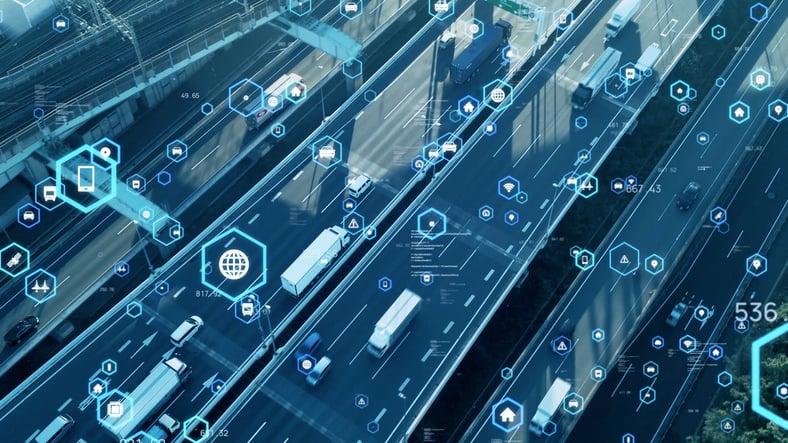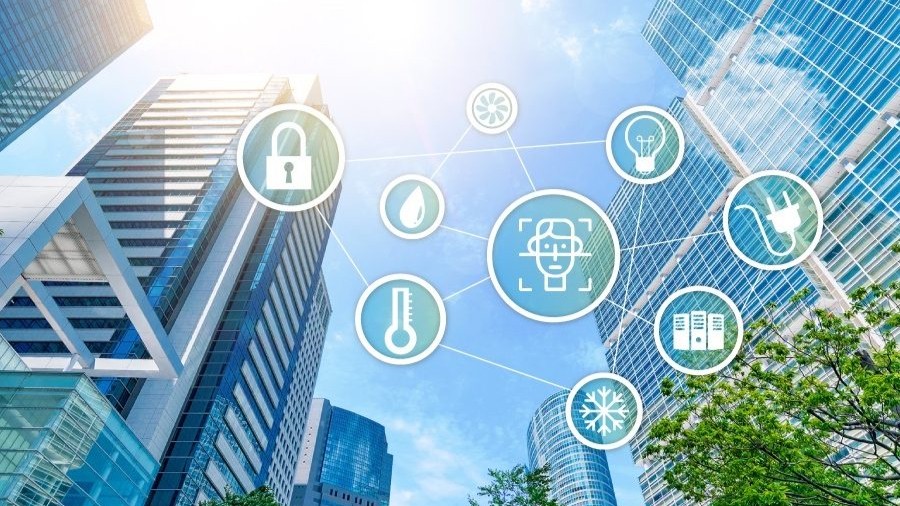In the rapidly advancing world of technology, the concept of digital twins is transforming industries by providing innovative solutions to complex problems. One of the fields experiencing significant advancements due to this technology is Heating, Ventilation, and Air Conditioning (HVAC). The integration of digital twins in HVAC diagnostics is paving the way for more efficient, precise, and predictive maintenance practices. In this article, we’ll delve into what digital twins are, how they are applied in HVAC diagnostics, and why they are becoming indispensable in modern building management systems.

What Are Digital Twins?
A digital twin is a virtual replica of a physical entity. It can be an asset, system, or process that is used for testing and experimentation. The twin uses real-time data and simulations to mirror the physical object, enabling analysis and system optimization without the need for physical trials. The application of digital twins spans across numerous industries, including manufacturing, healthcare, and now, HVAC systems.
The Role of Digital Twins in HVAC Systems
HVAC systems, crucial for maintaining comfortable indoor environments, often face challenges related to efficiency and operational costs. Here is where digital twins in HVAC diagnostics come into play. By creating a virtual model of an HVAC system, operators can monitor performance, predict failures, and optimize energy use. This proactive approach significantly enhances the system’s efficiency and lifespan.
How Digital Twins Work in HVAC Diagnostics
The role of AI in HVAC diagnostics is crucial for understanding how digital twins function. These systems gather data from sensors embedded in the HVAC units, which is then processed and analyzed to create a comprehensive model. This model is continuously updated, allowing for real-time diagnostics and troubleshooting.
Benefits of Using Digital Twins
The use of digital twins in HVAC diagnostics brings several advantages. First, they enhance predictive maintenance. By identifying potential issues before they lead to system failures, digital twins help in reducing downtime and maintenance costs. Second, they improve energy efficiency by analyzing system performance and suggesting optimizations. Third, digital twins contribute to predictive maintenance by forecasting wear and tear, allowing for timely interventions.
Case Studies: Success Stories in HVAC Diagnostics
Several companies have successfully implemented digital twins in their HVAC systems. For example, a major commercial building in New York reported a 20% reduction in energy costs within the first year of digital twin implementation. This success is attributed to the twins ability to detect inefficiencies and recommend adjustments in real-time.
Challenges and Considerations
Despite the numerous benefits, implementing digital twins in HVAC diagnostics comes with challenges. Data security is a primary concern, as sensitive information is transmitted and stored digitally. Additionally, the initial setup and integration can be costly and time-consuming. However, the long-term savings and efficiency gains often outweigh these initial hurdles.
Future of Digital Twins in HVAC
The future of digital twins in HVAC diagnostics looks promising. As technology evolves, these systems are expected to become even more sophisticated, offering deeper insights and more accurate predictions. The integration of AI and machine learning will further enhance their capabilities, making them a staple in modern building management.
For more insights on the transformative role of AI in HVAC, visit How AI is Transforming the HVAC Industry.
Conclusion
The integration of digital twins in HVAC diagnostics is revolutionizing the way we manage and maintain HVAC systems. By providing a detailed, real-time view of system performance, digital twins enable more efficient and cost-effective operations. As we move forward, embracing this technology will be crucial for those looking to stay ahead in the competitive field of building management and maintenance.

FAQs
What is a digital twin?
A digital twin is a virtual model of a physical object or system, used for analysis and optimization.
How do digital twins improve HVAC efficiency?
They provide real-time data and insights that enable predictive maintenance and energy optimization.
Are there any risks associated with digital twins?
Yes, primarily related to data security and the costs and complexities of initial implementation.
This article contains affiliate links. We may earn a commission at no extra cost to you.
